The serene beauty of Donegal’s Glenveagh National Park, with its majestic Glenveagh Castle, belies a tumultuous past marked by suffering, displacement, and struggle. This article delves into the dark history of the Derryveagh evictions, an episode of profound injustice and cruelty that remains a poignant chapter in Ireland’s history. We explore the events leading up to the evictions, the harrowing experiences of those affected, and the lasting impact on the Irish diaspora.
Contents
Nestled in the heart of County Donegal, Glenveagh National Park presents a landscape of breathtaking beauty, a testament to Ireland’s natural splendor. With its majestic Glenveagh Castle standing sentinel over the serene waters of Lough Veagh, surrounded by sprawling gardens and dense forests stretching over 40,000 acres, the park is a favorite destination for tourists from around the globe. They come to marvel at the picturesque turrets, the stunning panoramic views, and the tranquil atmosphere that belies the land’s turbulent past.
However, beneath the scenic allure of Glenveagh lies a darker narrative, one that has etched itself into the annals of Irish history with stark reminders of suffering and injustice. This narrative revolves around the Derryveagh evictions, a series of events that unfolded in the mid-19th century and stands as one of the most harrowing tales of oppression in Ireland’s long history of landlord and tenant conflicts.
The evictions were orchestrated by John George Adair, a land speculator of Scottish descent, known colloquially as “Black Jack” Adair. Driven by a desire to clear the land for his own purposes, Adair’s actions led to the displacement of over 200 people, ripping apart a community and scattering families to the winds of diaspora. The Derryveagh evictions not only reshaped the physical landscape of Glenveagh but also left an indelible mark on the social fabric of the region, a wound that, for many, has yet to heal fully.
This article seeks to explore the history of the Derryveagh evictions in detail, examining the events that led to this dark chapter, the lives it irrevocably changed, and the legacy that continues to influence Glenveagh National Park and its visitors. Through a journey into the past, we aim to illuminate the shadows that linger over Glenveagh, providing a comprehensive understanding of this significant historical event and its lasting impact on the Irish collective memory.
The Prelude to Eviction
In the latter half of the 19th century, the wild and rugged landscapes of Donegal were witness to a transformation that would leave an indelible mark on the fabric of local history. At the heart of this transformation was John George Adair, a land speculator of Scottish descent, whose ambitions and actions in the Derryveagh region would lead to one of the most harrowing episodes in Irish history.
Adair first set eyes on the Glenveagh estate during a visit in 1857, instantly captivated by the breathtaking vistas that stretched before him. The natural beauty of the area, with its undulating hills and tranquil waters of Lough Veagh, ignited in Adair a desire to possess and reshape this landscape into a vision of his own making. Over the next few years, Adair embarked on an aggressive campaign to acquire lands in the area, amassing a significant estate that spanned thousands of acres. His vision was grandiose: to transform these lands into a private hunting reserve, modeled perhaps on the great estates of Scotland and England, where the elite could indulge in the pleasures of the hunt away from the prying eyes of the world.
The motivations behind Adair’s ambition were multifaceted. Beyond the lure of personal vanity and the prestige associated with landownership, Adair was driven by the economic opportunities that such a transformation promised. In an era when the landed gentry of Ireland were increasingly under financial pressure due to changing economic conditions, Adair saw in Derryveagh an opportunity to assert his social status and financial independence through the creation of a landscape that catered to the leisure and luxury of the wealthy.
The socio-economic context of Ireland at the time provided fertile ground for Adair’s ambitions. The Great Famine of the 1840s had drastically altered the demographic and economic landscape of the country, leaving a deep scar on the psyche of the nation. In the aftermath, land reform and tenant rights became central issues in Irish politics, but the power dynamics heavily favored landlords, who had the legal authority to evict tenants and reshape their estates according to their whims. Against this backdrop, the tenant farmers of Derryveagh, largely powerless and living on the margins of subsistence, found themselves caught in the crosshairs of Adair’s grand project.
Thus, the stage was set for a conflict that would culminate in the Derryveagh evictions, an event that would not only redefine the landscape of Donegal but also leave a lasting legacy on the historical memory of Ireland.
The Spark of Conflict
The serene landscape of Derryveagh, with its sprawling vistas and the quiet life of its tenant farmers, was on the brink of upheaval. The tension between John George Adair and the tenants had been simmering, a reflection of the broader social and economic pressures of 19th-century Ireland. Adair’s ambitions to transform the land clashed directly with the lives and livelihoods of those who called it home, setting the stage for conflict.
Adair, having acquired vast tracts of land in Derryveagh, sought to establish a private hunting reserve. This vision did not accommodate the presence of tenant farmers, who were seen as obstacles rather than constituents of the landscape he wished to curate. The tenants, for their part, were deeply rooted in the land through generations of farming; it was not only their source of livelihood but also a cornerstone of their identity and community. The encroachment by Adair and his subsequent actions to assert control over the land heightened tensions, as the farmers perceived a direct threat to their existence.
The conflict reached a tipping point with the murder of Adair’s Scottish steward in November 1860. The steward, who had been brought over to manage Adair’s sheep, was found dead, his skull fractured by a stone. The local community was tight-lipped, and no culprit was identified, leaving the case shrouded in mystery and speculation. Adair seized upon the murder as a pretext for eviction, viewing it as an opportunity to rid his estate of the tenant farmers who stood in the way of his ambitions.
Adair’s response to the murder was to invoke an obscure piece of Norman law, the “Writ of Habere Facias Possessionem,” which allowed a landlord to hold an entire community responsible if a single culprit could not be identified. This legal maneuver was highly unusual and controversial, but it provided Adair with the justification he needed to proceed with mass evictions. The law, a relic of a bygone era, was leveraged to serve the interests of a landlord over the welfare of the community, reflecting the skewed power dynamics of the time.
The use of such a legal justification for mass eviction was a clear demonstration of the lengths to which landlords could go to assert their will over tenants. It underscored the precarious nature of tenancy and the vulnerability of tenant farmers to the whims of landlords. In the case of Derryveagh, it lit the fuse for an explosive event that would lead to the displacement of an entire community and etch the evictions into the annals of Irish history as a symbol of injustice and oppression.
The Days of Eviction
The eviction process that unfolded from April 8th to April 10th, 1861, in Derryveagh was marked by a chilling efficiency and brutality that would leave an indelible mark on the collective memory of the region. The evictions were not just a removal of tenants but a systematic erasure of a community from the land they had inhabited for generations.
Mobilization and Support
The operation was meticulously planned, with Adair enlisting the support of over 200 police and military personnel to ensure the evictions could be carried out without resistance. This formidable force, drawn from distant counties to avoid local sympathies, descended upon Derryveagh, ready to execute Adair’s orders. Their presence underscored the power imbalance between the landlord and the tenants, casting a shadow of intimidation over the proceedings.
Execution of Evictions
On the morning of April 8th, the eviction brigade began their grim task. House by house, they went, serving eviction notices and forcibly removing families. The “Crowbar Brigade,” a group specifically hired for the purpose, dismantled the homes, often unroofing or demolishing them entirely to prevent the tenants from returning. The scenes of eviction were harrowing: families were evicted onto the roadsides with their meager possessions, their homes reduced to rubble behind them.
Eyewitness Accounts
Eyewitness accounts from the time paint a vivid picture of despair and desolation. One particularly poignant story is that of the Widow McAward and her six daughters and one son, who, upon being evicted, were left to witness the destruction of their home. Eyewitnesses recounted the family’s anguish, their cries echoing through the valleys as they were rendered homeless. Another account tells of an elderly man, “near the four score years and ten,” kissing the doorposts of his home goodbye, a gesture of farewell to a lifetime of memories soon to be erased by the crowbars of the eviction brigade.
The Human Cost
By the end of April 10th, 47 families had been evicted, their homes destroyed, and their way of life irrevocably altered. The operation left behind a landscape of desolation, with the ruins of homes dotting the countryside and families scattered in search of shelter and sustenance. The role of the police and military in enforcing the evictions underscored the extent to which the mechanisms of the state could be mobilized in service of private interests, to the detriment of the most vulnerable.
The days of eviction in Derryveagh stand as a somber reminder of the fragility of tenancy, the harsh realities of landlord-tenant relations in 19th-century Ireland, and the profound human suffering that can result from conflicts over land and power. The stories of those evicted, pieced together from eyewitness accounts and historical records, offer a window into the trauma of displacement and the resilience of those who endured one of the darkest chapters in Irish rural history.
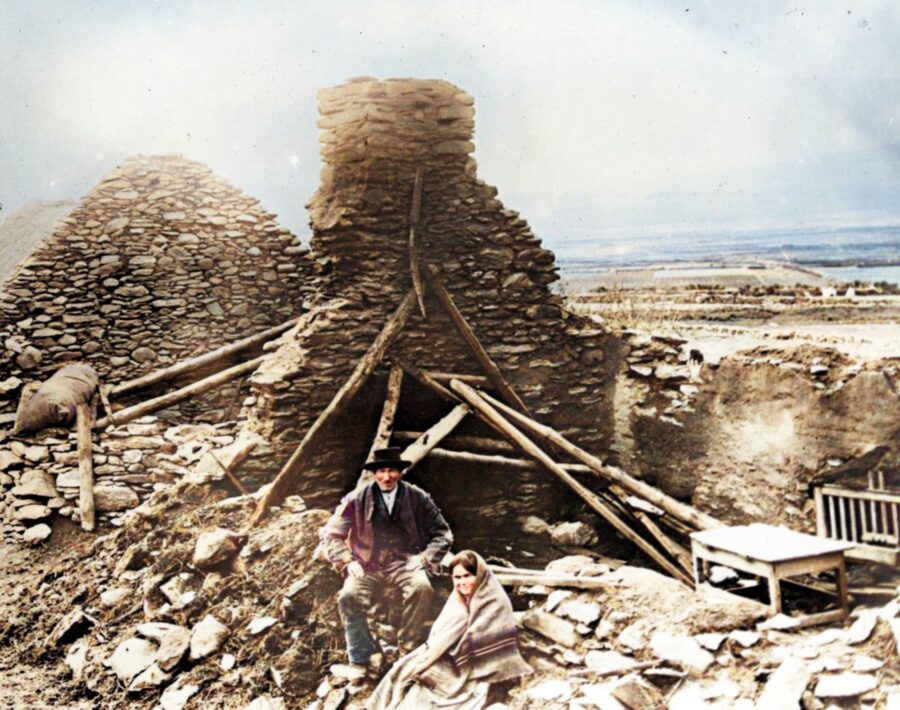
The Aftermath and Emigration
The evictions from Derryveagh left deep scars, uprooting families from their ancestral homes and thrusting them into a maelstrom of hardship and uncertainty. In the immediate aftermath, the evicted faced the grim realities of displacement—homelessness, destitution, and the specter of famine. Bereft of their lands and homes, these families were confronted with limited and harrowing choices, with many being compelled to seek refuge in the overcrowded and dismal conditions of workhouses, emblematic of their complete destitution.
Dire Consequences for the Evicted Families
For those evicted, the loss was not just material but profoundly personal; it was a severing of ties with their land, history, and community. They were plunged into a precarious existence, where survival was far from assured. The social fabric of their lives, woven over generations, was torn asunder, leaving them to navigate a future fraught with challenges.
Establishment of Assisted Emigration Schemes to Australia and the Donegal Relief Fund
In response to this crisis, a beacon of hope emerged through the establishment of assisted emigration schemes, notably spearheaded by the Donegal Relief Fund. This initiative, grounded in charity and solidarity, sought to offer the dispossessed a new beginning far from the hardships they had endured. Through the generosity of donors and the organizational efforts of those sympathetic to their plight, funds were raised to facilitate the passage of the evicted families to Australia. This endeavor not only provided the means for emigration but also offered the promise of land and a fresh start on Australian shores, a stark contrast to the deprivation left behind in Ireland.
The Beginning of the Derryveagh Diaspora
This mass migration initiated in the wake of the Derryveagh evictions marked the inception of the Derryveagh Diaspora. Those who embarked on the journey to Australia in search of hope and renewal carried with them the collective memories of their origins, the injustices they faced, and the resilience they embodied. This movement of people contributed to the rich tapestry of the Irish diaspora, adding a chapter that reflected both the tragedy of displacement and the potential for rebirth.
Implications of the Diaspora and the Role of the Donegal Relief Fund
The implications of the Derryveagh Diaspora, facilitated by the efforts of the Donegal Relief Fund and similar initiatives, resonate beyond the immediate alleviation of suffering. They underscore the broader narrative of emigration as a response to injustice and adversity, highlighting the capacity for communities to rally in support of their most vulnerable members. The establishment of new lives in Australia by the descendants of the evicted not only signifies a triumph over the trials they faced but also serves as a poignant reminder of the enduring connections between the past and present.
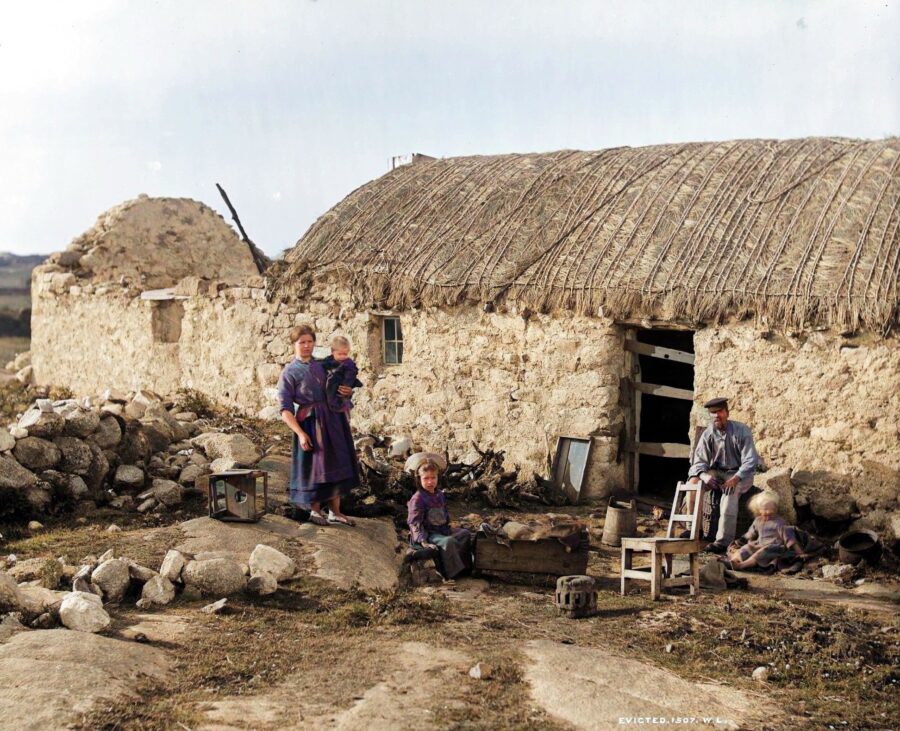
Legacy and Memory
The Derryveagh evictions, a harrowing saga of displacement and struggle, have left an indelible mark on the historical consciousness of Ireland and its diaspora. Over time, the legacy of these evictions has been carefully preserved and remembered, not just as a dark chapter in the annals of Irish history, but as a poignant reminder of resilience and resistance against injustice.
Commemoration and Remembrance
The memory of the Derryveagh evictions has been kept alive through various acts of commemoration and remembrance. Memorials have been erected in Donegal, serving as solemn reminders of the lives uprooted and the community dismantled in the wake of John George Adair’s ruthless campaign. These monuments stand as testament to the endurance of the human spirit in the face of adversity, offering a place for reflection and homage for descendants and the wider community alike.
Publications, academic research, and storytelling have also played a crucial role in ensuring that the stories of those affected are not forgotten. By chronicling the events, the motivations behind them, and their devastating impact, historians and authors have contributed to a collective memory that transcends generations, ensuring that the lessons of the past continue to resonate in the present.
Reconnecting with Descendants
Efforts to reconnect with the descendants of the evicted families have been instrumental in healing and understanding the multifaceted legacy of the Derryveagh evictions. Genealogical research and DNA testing have emerged as powerful tools in this endeavor, bridging continents and centuries to unite the scattered branches of families torn apart by the evictions.
Organizations and communities, both in Ireland and among the Irish diaspora in Australia and beyond, have fostered initiatives to celebrate the shared heritage and history of the Derryveagh evictees. Reunions, cultural events, and digital platforms have facilitated a rekindling of connections, allowing descendants to discover their roots and forge new bonds with the land and community their ancestors were forced to leave behind.
Reflections on the Lessons Learned
The Derryveagh evictions serve as a stark reminder of the consequences of unchecked power, the vulnerabilities of tenancy, and the profound impact of displacement. They underscore the importance of land rights, social justice, and the need for protections against the whims of the powerful. In reflecting on this historical event, there is a clear imperative to remember not just the pain and suffering it caused, but also the resilience it inspired.
This episode in history encourages ongoing vigilance in the face of injustice, advocating for policies and practices that protect the most vulnerable and ensure that such tragedies are not repeated. The legacy of the Derryveagh evictions calls on us to remember, to learn, and to honor the spirit of those who, despite everything, sought to rebuild and to thrive in new lands far from the valleys of Donegal. It is a legacy that, through its commemoration and the efforts to connect with descendants, continues to inform our understanding of identity, community, and belonging in a rapidly changing world.
Names and Townlands of those Evicted from Derryveagh
The Londonderry Standard published a full list of those evicted on 10 April 1861.
- ALTNADAGUE
- Hugh Sweeney and two sons – evicted and house locked.
- James Sweeney, his wife and eight children – evicted and house locked.
- Owen Sweeney, his wife, mother and eight children – evicted and house locked.
- ARDATUR
- Daniel Mc Award, his wife and six children – evicted and house levelled.
- Charles Doohan, his wife, son and two grandchildren – evicted and house levelled.
- William Doohan, his wife and four children – evicted and house levelled.
- John Doohan, his wife and five children – evicted and house levelled.
- Connell Doohan and his wife – retained as weekly tenant.
- Patrick Curran, his wife and five children – evicted and house levelled.
- BINGORMS
- Hanna Mc Award, widow and seven children (6 daughters and 1 son) – evicted and house levelled.
- Joseph Mc McCormick and five children – restored to possession as caretaker.
- CASTLETOWN
- Bryan Doherty, widower, his mother, sister and one child – evicted and house levelled.
- Hugh Coll, his wife and four children – evicted and house levelled.
- Patrick Devenny, his wife and two children – evicted and house levelled.
- John Friel, his wife and two children – evicted and house levelled.
- Michael Friel and one child – evicted and house levelled.
- Robert Burke and his wife – evicted and house levelled.
- Charles Callaghan – evicted and house levelled.
- John Moore, his wife and two children – evicted and house levelled.
- Manus Rodden, his brother and two sisters, orphans – evicted and house levelled.
- Bernard Callaghan, his mother and brother – evicted and house levelled.
- CLAGGAN
- John Bradley, his wife and three children – evicted and house levelled.
- Michael Bradley, his wife and four children – evicted and house levelled.
- Catherine Conaghan, widow and two children, sister and brother-in-law – evicted and house levelled.
- DRUMNALIFFERNEY
- Owen Mc Award, his wife and four children – evicted and house levelled.
- Mary Mc Award, widow and three children – evicted and house levelled.
- MAGHERNASHANGAN
- James Mc Monagle, his wife and six children – readmitted as tenant till November.
- John Brady, his wife and five children – readmitted as weekly tenant.
- Francis Bradley, his wife and five children – readmitted as weekly tenant.
- Patrick Bradley, his wife and four children – evicted and house levelled.
- John and Fanny Bradley – deaf and dumb – allowed to retain possession.
- Roger O’Flanigan, his wife, mother and four children – evicted and house levelled.
- James Gallagher, wife and seven children – evicted and house levelled.
- SRUHANGARROW
- Edward Sweeney and his three children – evicted and house levelled.
- Daniel Doherty, his wife, father and two children – evicted and house levelled.
- Bryan Doherty, his wife and four children – evicted and house levelled.
- STAGHALL
- Daniel Friel, his wife, child, mother and brother – evicted.
- William McAward, his wife and two children – evicted and house levelled.
- James Doherty, his wife and one child – evicted and house levelled.
- James Lawn, his wife and nine children – readmitted as tenant till November.
- WARRENTOWN
- Edward Coyle, his wife and child – evicted and house levelled.
- Knocker Friel, his wife and six children – evicted and house levelled.
- Knocker Kelly and two servants – evicted and house levelled.
- William Armstrong, widower, and three children – evicted and house levelled.
- Alexander Lawn, his wife and four children – evicted and house levelled.
- Rose Dermott, orphan – evicted and house levelled.


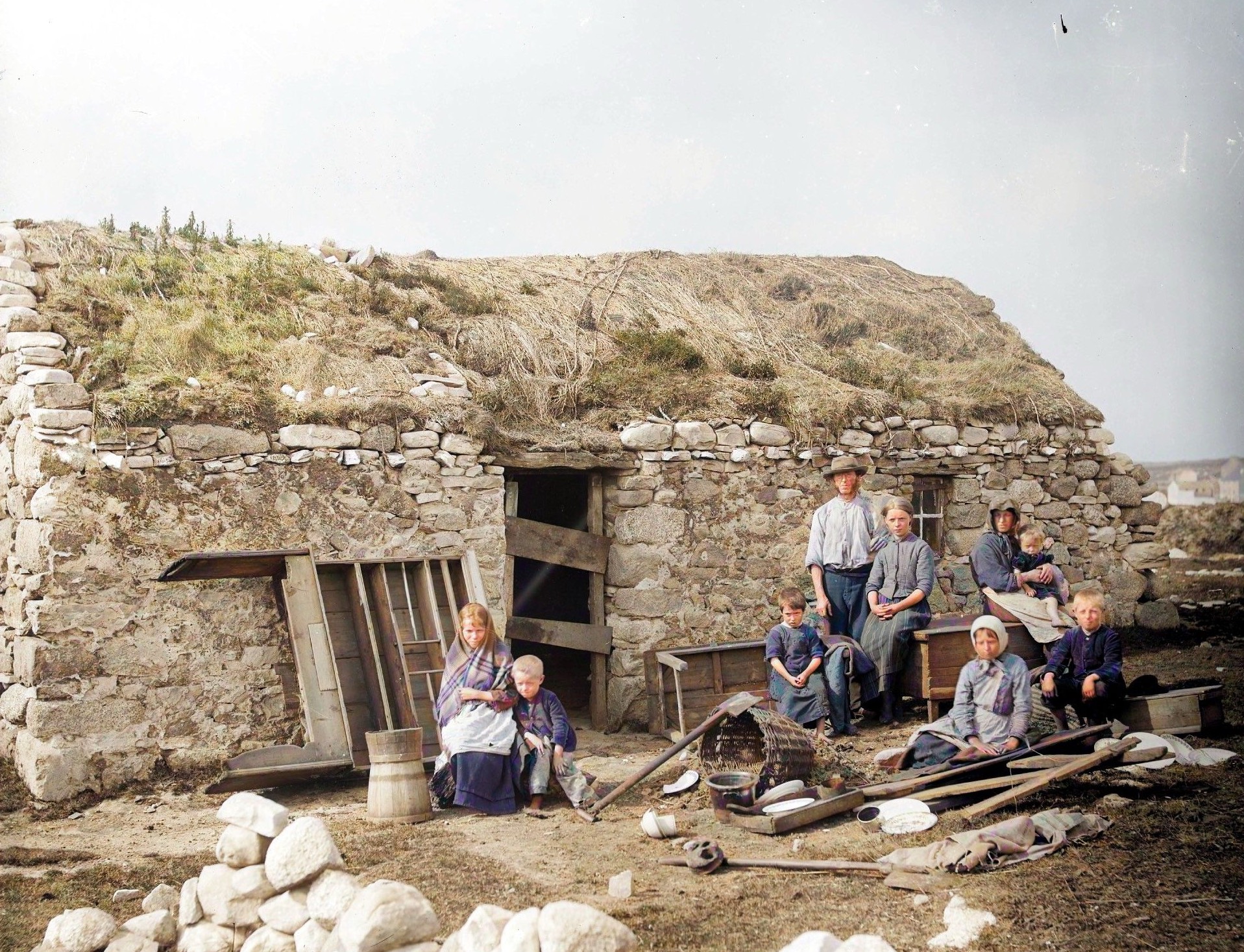
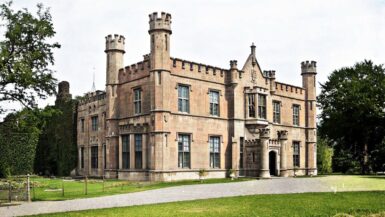
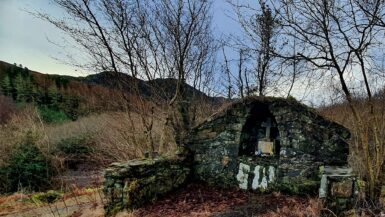
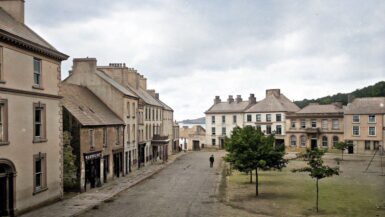
Leave a reply